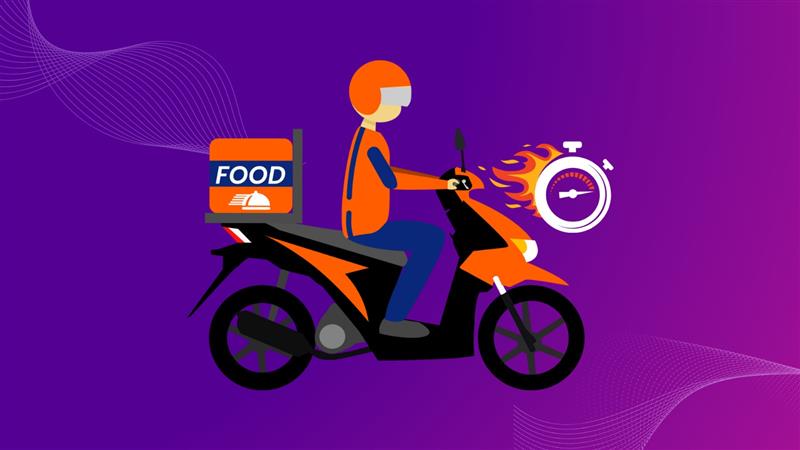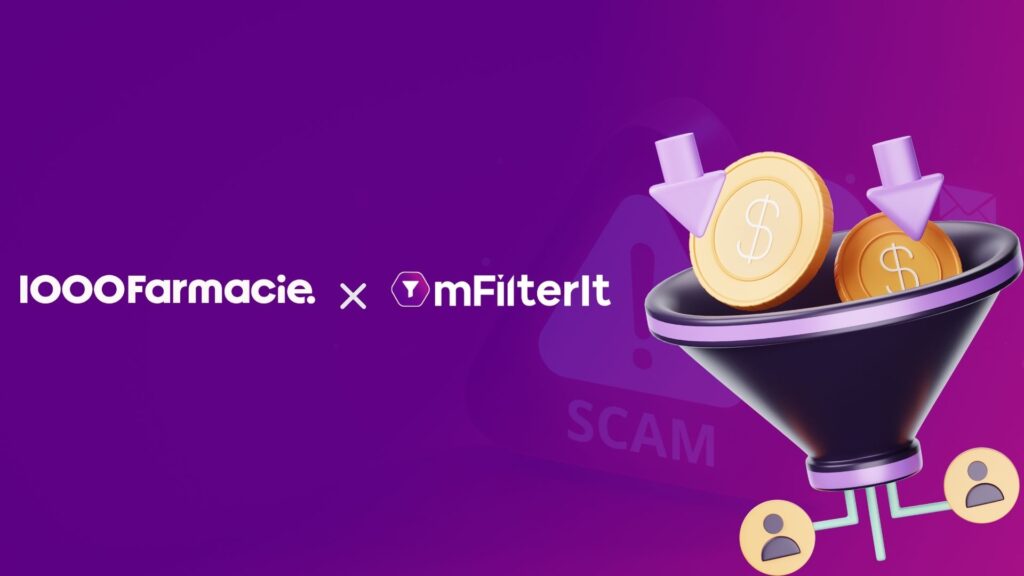The needs of consumers dynamically change time and again. D2C (Direct-to-Consumer) e-commerce has become a blessing in disguise for matching the needs of the growing number of online shoppers. According to a report, 85% of global customers shopped online in 2020, and Amazon was the favorite e-com store for most buyers.
Besides Amazon, D2C brands use marketplaces like Flipkart, Big Basket, Etsy, eBay, etc., to diversify their customer portfolio and gather more buyer personas. DTC models offer the advantage of eliminating the middleman, direct connection with the customer base, and offering a lower cost of products to the buyers. Moreover, the brand handles the entire customer experience instead of the retailer or a third-party seller.
Personalization, authenticity, smooth shopping experience, etc., make D2C e-commerce appealing to Gen Z and millennials; however, a large proportion of them still like to know about previous customer experiences through reviews & ratings. While deep-diving into R&R gives a perspective to DTC brands; measuring other analytics is also important to get a wider idea of the customer’s needs and decisions influencing the buying decisions.
Table of Contents
ToggleProblems Commonly Faced by D2C E-Commerce Brands
Enhancing Customer Journey
Orders can go through the roof, especially if D2C e-commerce runs an ad campaign on the online marketplace. Sponsored ads have been one of the biggest sources of higher conversion rates for most brands. However, a long line of customers may also resonate with the ads seen on social media handles and connect with brands advertising on Amazon, Big Basket, Flipkart, etc., and other marketplaces.
The connectivity builds trust in the customers’ minds and makes the brand more approachable. However, customer journeys are made nowadays through unboxing or product videos, informative pictures, A+ content, detailed descriptions, titles, etc., which are part of the perfect page analysis.
Brands can also derive buyer personas at pin code, product price, stock availability, recommendations, etc. Brands want to build a frictionless journey that enhances the conversion rate and diminishes the cart abandonment rate at all costs.
Decoding Data-Based Decisions
Customer buying journeys vary across e-commerce platforms. Therefore, analyzing data across online shopping stores has become a priority. Sellers or brands often try to decode the data through the analytics provided by the platform. They often evaluate factors like stock availability, the share of visibility, share-of-shelf, etc., at the deepest level, leaving out a vast majority of the potential customer base.
Moreover, the data given by the e-commerce platform may not deliver actionable insights and doesn’t offer a comparative view on a real-time daily, weekly, or monthly basis. Generating actions through insights is left in the hands of the internal team recruited by the brand.
Knowing the data is not optional because customers want to connect with the products they bring home. Therefore, enriching the data has become necessary, and brands lack the necessary solution for analyzing the information, which could probably enhance their loyal customer base.
Grasping the Ongoing (Invisible) Trends
Market and social media trends often influence e-commerce brands. While hygiene was a priority for nearly all brands during the COVID-19 scare, safe delivery was an approach used by others. D2C brands have been shaped to tune into the customer’s needs. For example, watch brands like Fasttrack, Armani, etc., have been focusing on a smartwatch.
Meanwhile, smartphone brands like Realme have entered the smartwatch market, too, giving tough competition to their rivals. A while ago, consumers started purchasing cosmetics certified/approved by dermatologists (and it remains ongoing for some niche products). According to a source, people also demand cruelty-free & vegan products derived from caffeine, tea-tree oil, or argan oil.
Did you know that established D2C e-commerce brands would drive vast sales compared to native brands? Identifying hidden trends in e-commerce through analytics is challenging; however, it can build roots and scale businesses.
While the visibility of such trends remains debatable on social media, the forecasted or foreseeable demand across pin code, variant, and other levels remains unknown. Therefore, brands constantly face problems identifying their customer’s needs and managing availability accordingly.
How Does eCom Competitive Analytics Cure Major D2C Problems?
-
Enables Brands to Make Informed Decisions in Real-Time
Reviewing analytics at pin code, location, variant, sub-category, platform, and other levels through eCom Competitive Analytics gives a bigger perspective to brands. The distillation of share-of-shelf, keywords search results, the share of visibility, etc., while comparing with competitor information gives more valuable information to brands and signifies their standing on the e-commerce marketplaces and among their rivals.
Deciphering this data in real-time provides knowledge of the hidden demand, growth opportunities, favored/unfavored listings, etc. For example, if Brand A has a higher score in the product description, and the information is compared with the Q&A and R&R sections, your brand can reveal whether the customer problems are being addressed.
-
Curates Information for Enhancing the Consumer Journey
Wouldn’t you want to know the cost of products similar to your listings in real-time? eCom Competitive Analytics gives you this picture at platform, variant, category, sub-category, and other levels. Therefore, brands can find the factors that make their competitors more favorable than them.
For example, if the perfect page analysis of your competitor is 100%, it means that it meets the average review, title, product description, and other criteria that influence buying decisions. Similarly, pricing comparison reveals the average cost of similar products, making rivals favorable and enabling brands to avoid MAP violations.
Likewise, if a competitor uses your brand keyword, keyword search analytics would depict the picture and the share-of-shelf under discoverability. If your brand has a lower SOS, it could report the same to the e-commerce platform and resolve the issue.
-
Identifies Problems Every Day
Out-of-stock is visible on most seller dashboards, however, are competitors keeping stocks available for the same product isn’t. Moreover, you could view the stockouts of your competitors on a daily, weekly, and monthly basis through eCom Competitive Analytics. Downloading such reports can give an idea of the average sales, stock requirements, etc.
But, eCom Competitive Analytics also shows the most commonly used words for a product listing across e-commerce platforms. It means you can come across words like unavailable, stockouts, etc. while reviewing competitor R&R &Q&A word clouds and offer a resolution to your customers by offering similar products in real time.
Simultaneously, if the negative sentiment intensity spikes, you know that some issues on your product listings are troubling customers. Unlike traditional or marketplace analytics, mScanIt reveals much more than personal information about a brand’s product listings and helps to address customer issues in real-time.
Bottom Line
The growing number of e-commerce users is influencing conversion rates and creating new buyer personas. The demand for eCom Competitive Analytics is also rising to understand and address customer issues daily while discovering the factors influencing product buying decisions.
eCom Competitive Analytics, a.k.a. mScanIt, powered by mFilterIt, has become a credible solution for global businesses that want insights at variant, category, platform, and other levels. Moreover, the solution gives a picture of the hidden trends, competitor practices, best channels, etc., for boosting revenue, enhancing consumer journey, enriching discoverability, etc.
Submit this form to set up a client meeting and learn more about the advantages of mScanIt for your brand.









